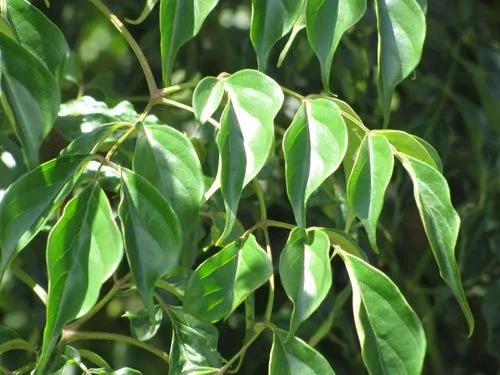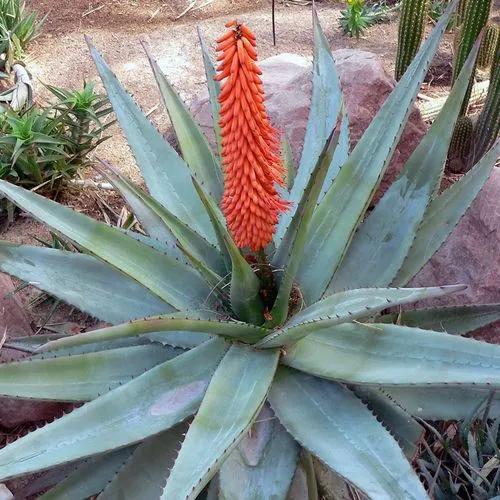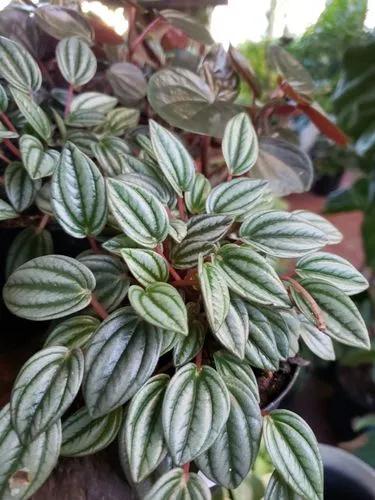The large cordate or sagittate leaves grow to a length of 20 to 90 cm on long petioles. Their araceous flowers grow at the end of a short stalk, but are not conspicuous; often hidden behind the leaf petioles. The corms of some species can be processed to make them edible, but the raw plants contain raphid or raphide crystals of calcium oxalate along with other irritants (possibly including proteases) that can numb and swell the tongue and pharynx; they cause difficulty in breathing, and sharp pain in the throat. The lower parts of the plant contain the highest concentrations of the poison. Prolonged boiling before serving or processing may reduce the risks, and acidic fruit such as tamarind may dissolve the raphides. However the species vary in toxicity, and it is dangerous to experiment with the edibility of any Alocasia.
Alocasia Amazonica Care
alocasia mortfontanensis



How to Care for the Plant

Water

Keep the soil moist but remember that these plants do not like wet feet. If possible, water in the morning (so they are dry overnight) and from below, at the root zone, to keep the leaves from getting too wet. This plant needs a rest period in winter when you should allow the soil to become almost dry between waterings, and stop fertilizing. If it dries completely it may go dormant, in which case you may be able to dig up the corm and save it until you can keep it in warmer temperatures.

Pruning

Pruning an Alocasia zebrina falls under the heading of grooming. You should remove yellowing or damaged leaves, but the Zebrina is a naturally large plant that doesn't react to being cut back by becoming shorter and bushier.

Fertilizer

Amazon elephant's ear tends to be a heavy feeder during its growing period and will respond well to applications of diluted balanced fertilizer. Starting in spring, feed the plant every two weeks. Stop the end of August, then start the cycle again at the beginning of the next spring. Occasionally, the leaves will yellow; if this happens, try adding fertilizer with micronutrients, or sprinkle Epsom salts around the base of the plant once a month.

Sunlight

The plant grows best and retains its color situated in bright indoor light.

Soil

Soil Type: Moist but well-drained Soil pH: Neutral to acidic

Temperature

Avoid excessive direct sunlight. Temperature: 65-80°F/18-27°C. Below 60°F may trigger dormancy. Water: Maintain evenly moist but not soggy soil during the growing season, watering when the surface begins to dry.

Additional

Toxic to Dogs, Toxic to Cats, Toxic to Horses

Popularity

282 people already have this plant 55 people have added this plant to their wishlists
Discover more plants with the list below
Popular articles






